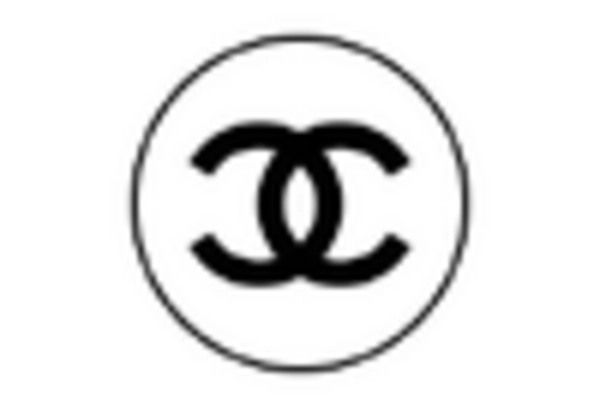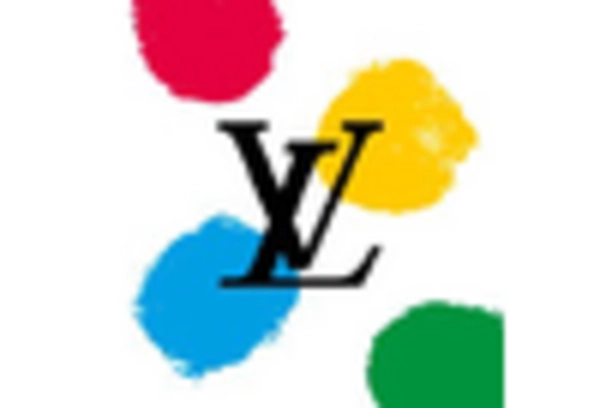Seasonal Demand Fluctuations
The Scarves Shawls Market experiences notable seasonal demand fluctuations, which can significantly impact sales and inventory management. Typically, demand peaks during colder months when consumers seek warmth and comfort, leading to increased sales of thicker, warmer materials. Conversely, lighter fabrics and styles tend to gain popularity during spring and summer. This cyclical nature of demand necessitates strategic planning by manufacturers and retailers to align their offerings with consumer needs throughout the year. Data indicates that the winter season accounts for nearly 60 percent of total sales in the Scarves Shawls Market, highlighting the importance of seasonal trends. As such, businesses must remain agile and responsive to these fluctuations to optimize their product lines and marketing strategies.
Cultural Significance and Heritage
The Scarves Shawls Market is deeply intertwined with cultural significance and heritage across various regions. Scarves and shawls often carry traditional meanings and are integral to cultural attire in many societies. For instance, in certain cultures, specific patterns and colors symbolize status, community, or identity. This cultural relevance not only drives demand but also encourages artisans to create unique pieces that reflect their heritage. The market has seen a resurgence in interest for handcrafted and artisanal products, as consumers increasingly value authenticity and craftsmanship. This trend suggests that the Scarves Shawls Market may continue to thrive as it embraces cultural narratives and promotes traditional craftsmanship, potentially leading to a more diverse product offering that appeals to a wide range of consumers.
Sustainability and Ethical Sourcing
The Scarves Shawls Market is increasingly influenced by sustainability and ethical sourcing practices. As consumers become more environmentally conscious, there is a growing demand for products made from sustainable materials and produced through ethical labor practices. This shift is prompting manufacturers to explore eco-friendly fabrics and transparent supply chains. Recent studies indicate that nearly 70 percent of consumers are willing to pay a premium for sustainably sourced products, which could reshape the competitive landscape of the Scarves Shawls Market. Companies that prioritize sustainability not only enhance their brand image but also attract a loyal customer base that values ethical consumption. This trend suggests that the Scarves Shawls Market may continue to evolve towards more sustainable practices, potentially leading to innovative product offerings.
E-commerce Growth and Online Shopping
The Scarves Shawls Market is witnessing a significant shift towards e-commerce and online shopping platforms. As consumers increasingly prefer the convenience of purchasing products online, retailers are adapting their strategies to enhance their digital presence. This trend is supported by data showing that online sales in the fashion accessories sector have surged, with a projected increase of 20 percent in the next year. The rise of e-commerce not only expands market reach but also allows for greater customization and personalization options, which are highly sought after by consumers. As a result, businesses in the Scarves Shawls Market are likely to invest in robust online platforms and marketing strategies to capture this growing segment of tech-savvy shoppers.
Fashion Trends and Consumer Preferences
The Scarves Shawls Market is currently influenced by evolving fashion trends and shifting consumer preferences. As individuals increasingly seek to express their personal style, scarves and shawls have emerged as versatile accessories that can complement various outfits. The rise of social media platforms has further amplified this trend, as influencers showcase diverse ways to wear these items. According to recent data, the market for scarves and shawls is projected to grow at a compound annual growth rate of approximately 5.2 percent over the next five years. This growth is indicative of a broader acceptance of scarves and shawls as essential fashion staples, rather than mere seasonal accessories. As consumers become more fashion-conscious, the demand for unique designs and high-quality materials in the Scarves Shawls Market is likely to increase.

















Leave a Comment